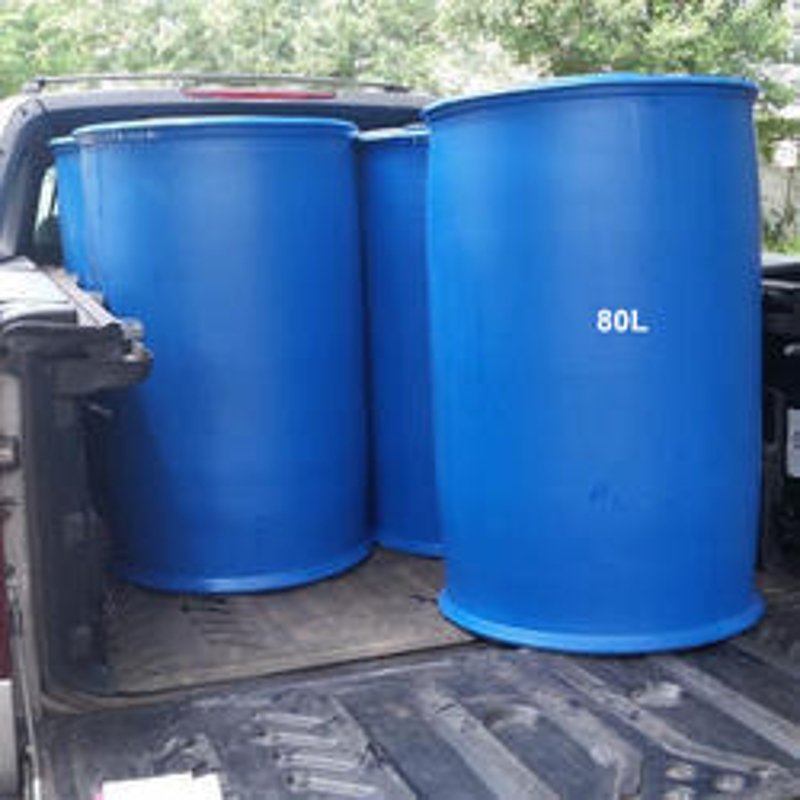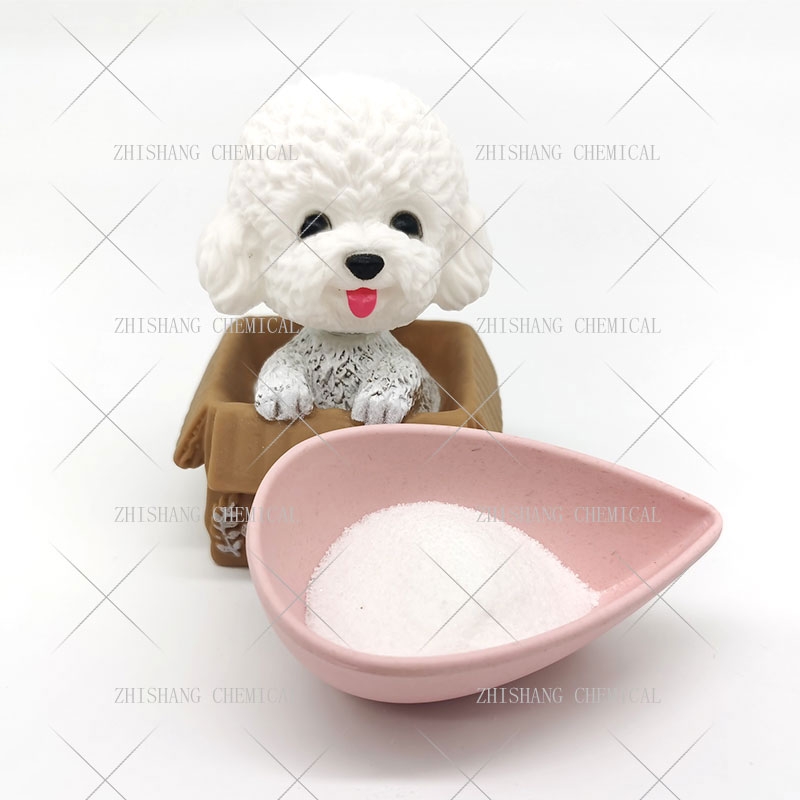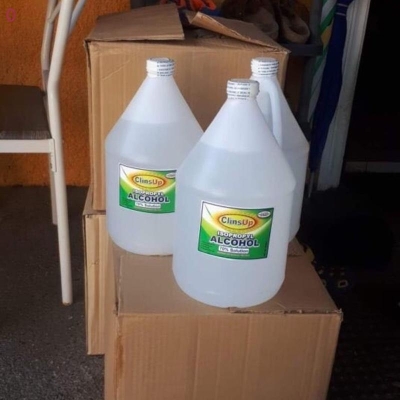-
Categories
-
Pharmaceutical Intermediates
-
Active Pharmaceutical Ingredients
-
Food Additives
- Industrial Coatings
- Agrochemicals
- Dyes and Pigments
- Surfactant
- Flavors and Fragrances
- Chemical Reagents
- Catalyst and Auxiliary
- Natural Products
- Inorganic Chemistry
-
Organic Chemistry
-
Biochemical Engineering
- Analytical Chemistry
-
Cosmetic Ingredient
- Water Treatment Chemical
-
Pharmaceutical Intermediates
Promotion
ECHEMI Mall
Wholesale
Weekly Price
Exhibition
News
-
Trade Service
Lead
The prosperity index of petroleum and chemical industry is jointly compiled by China Petroleum and Chemical Industry Federation and Shandong Zhuochuang Information Co.
, Ltd.
, which is a micro-prosperity cycle monitoring index of petroleum, petrochemical and chemical industries, including four sub-indexes
: "oil and gas extraction industry prosperity index", "fuel processing industry prosperity index", "chemical raw materials and chemical products manufacturing prosperity index" and "rubber, plastic products and other polymer products manufacturing industry" 。 The prosperity index of the petroleum and chemical industry is selected to measure the potential output and economic benefits of the industry as the standard, including production micro data and industry benefit data, production micro data include: capacity utilization, product profitability, finished product inventory level, the underlying data is based on the regular research and evaluation system
established with more than a thousand enterprises.
The latest index shows that the prosperity index of the petroleum and chemical industry continued to decline slightly in December 2022, and the economic boom range fell to the cold range
.
The interpretation of the index is as follows:
Core summary
Under the influence of the off-season superimposed cooling of the economic data, the prosperity value continued to decline
December 2022 entered the annual off-season, and the demand side continued to decline
compared with the previous month.
At the same time, the global temperature generally ushered in a cooling tide in December, cold weather led to a weakening of travel activities, and the demand for refined oil products fell rapidly, which led to the largest decline in the prosperity of the fuel processing industry
.
However, cold weather also increased heating consumption, and the prosperity of the oil and gas extraction industry rose slightly from the previous month
.
The manufacturing industry of rubber and plastic and other polymer products is flat under the pattern of weak production and demand, and the chemical raw materials and products manufacturing industry in the midstream continues to decline under the dual pressure of cost and demand, and the production heat is also declining rapidly, and the month-on-month prosperity has decreased significantly
.
The overall prosperity value of the petrochemical industry continued to decline slightly and fell into the cold range
.
Hot Focus
Cooling inflation data coupled with rising recession expectations has led to low volatility in commodities
Major economies generally experienced a cooling of CPI inflation data in December, with the UK reaching 10.
7%, down 0.
2 percentage points
month-on-month.
The United States was 7.
1%, down 0.
6 percentage points month-on-month, and the eurozone was 10%, down 0.
6 percentage points
month-on-month.
The warmer weather in Europe and the weaker-than-expected consumption of natural gas inventories led to a significant decline in global natural gas prices, which was the main driving force
for the downward movement of inflation data.
Inflation has cooled in tandem with PMI data, and PMIs in the United States, the European Union, Japan, and the United Kingdom have been in contraction territory for many months, and recession expectations have further heated up
.
Despite the hawkish comments of the Federal Reserve, the market expects monetary tightening to usher in a slowdown
After the Fed slowed down its 50BP interest rate hike in December, the European Central Bank and other central banks followed up with a 50BP rate hike.
Although many central banks such as the Federal Reserve have stated that controlling inflation is the primary goal, the market interprets it as a signal
that the Fed's monetary policy has turned dovish.
At the same time, the Bank of Japan announced a 5BP increase in YCC policy, triggering a strong appreciation of the yen, and the US dollar weakened sharply against non-US currencies, indirectly leading to a sharp rebound
in the prices of upstream commodities such as crude oil and gold.
However, the 50BP rate hike did raise the market's expectations of a recession, and overall commodity prices are still fluctuating
at the bottom.
Advice and tips
Market expectations
The pressure on the cost side has increased, the decline in orders has continued, and due to the disruption of the epidemic, the start of construction has also declined
.
Risk Warning
Inflation risk and recession risk coexist, global trade continues to decline, and the divergence of raw material hot demand may usher in a reversal
.
One.
Overview of the oil and chemical industry
In December, the winter cooling caused global energy prices to stop falling and pick up, and demand has entered the annual off-season, high costs superimposed on weak demand, the oil and chemical industry prosperity index continued to decline slightly, the prosperity was 94.
81, down 0.
72 percentage points from 95.
53 in the previous month, and the boom range fell to the cold range, down 12.
58 percentage points
from 107.
39 in the same period in 2021.
Affected by the combination of monetary policy contraction and high inflation, the decline in global economic growth is expected to intensify
.
Domestically, the PMI manufacturing industry fell by 1.
2 percentage points month-on-month in November, entering contraction territory for two consecutive months
.
The decline was most pronounced
in the production index and the new orders index.
In terms of real estate, the favorable policy of the three arrows in November was released in December, and the transaction volume in first-tier cities showed a significant recovery, and most of the second- and third-tier cities are still building a bottom
.
At the end of the year, the policies of many ministries and commissions clearly increased economic stimulus, and market confidence has recovered
.
Internationally, with the landing of the central bank's 50BP interest rate hike, recession expectations and slowdown expectations of interest rate hikes were released simultaneously, and the upstream of commodities rebounded, while the downstream was significantly sluggish
.
In terms of industries, affected by the cooling, the prosperity of the oil and gas extraction industry increased
slightly month-on-month.
In addition, the manufacturing industry of rubber and plastic polymer products rose slightly month-on-month, reflecting the resilience of the demand side and in line with seasonal characteristics, but it fell by more than 20 percentage points compared with the same period in 2021, the largest
year-on-year decline.
Also affected by the cooling, travel activity declined, and the fuel processing industry fell the most, reaching 2 percentage points
.
The midstream chemical raw materials and products manufacturing industry was under pressure from both supply and demand at the same time, and the prosperity fell by 1.
36 percentage points
.
The month-on-month is in line with seasonal characteristics, significantly weaker than the same period level, and the industry pressure is greater
.
2.
Hot spot analysis and future prospects
1.
Many central banks raised interest rates by 50BP, and recession expectations heated up further
On December 15, the Fed's FOMC announced a 50BP interest rate hike, a 25BP reduction, in line with market expectations
.
The next day, central banks including the European Union, the United Kingdom, Switzerland, Norway, Hong Kong and other central banks followed the Fed's pace of raising interest rates BP.
In addition, the ECB announced that it will start a balance sheet reduction program from March 2023, which is expected to reduce by an average of 15 billion euros/month
.
Subsequently, the market's expectations of a recession further strengthened
.
After the intensive interest rate hike meeting, the dollar index continued to weaken, including commodities and other assets showed a state of volatility, the market's expectations of interest rate cuts under the recession heated up simultaneously, and the dollar index weakened
sharply.
On December 22, the Bank of Japan announced that it would increase the control range of YCC long-term interest rate fluctuations from 0.
25% to 0.
5%, which was seen by the market as a 50BP
rate hike in disguise.
This was followed by a rapid rise in the yen against the dollar, and the dollar index slipped
further.
The global central bank's interest rate hike has also led to a clear gap in the domestic year-end liquidity market, and bond yields and overnight lending rates have rebounded
significantly.
The central bank uses open market tools to release sufficient liquidity to the market in the short term and protect the
demand for liquidity in the New Year.
2.
Frequent policies at the end of the year to expand domestic demand are at the forefront
On December 14, the State Council issued the Outline of the Strategic Plan for Expanding Domestic Demand (2022-2035).
On December 16, the Central Economic Work Conference spent on "We must give priority to restoring and expanding domestic demand, enhance consumption capacity, improve consumption conditions, and innovate consumption scenarios
.
" "At the same time, the central economic work has made it clear that it will continue its proactive fiscal policy and prudent monetary policy
in 2023.
" The central bank work meeting on December 22 further added: "It will give full play to the role of the market-oriented adjustment mechanism of deposit interest rates to promote the steady reduction of corporate financing costs"
.
In addition, the policy gives clear requirements
for stabilizing the development of the real estate market, ensuring the delivery of buildings, protecting people's livelihood, meeting the financing needs of the industry, and promoting industry restructuring and mergers and acquisitions.
The intensive release of favorable policies has stabilized market expectations to a certain extent, enhanced market confidence, and with the gradual implementation of precise prevention and control measures, it is expected that after the Lunar New Year in 2023, the market will turn into a recovery process
.
3.
Winter cold wave hits the United States Natural gas prices are falling instead of increasing
On December 23, most of the United States was hit by the worst winter storm, LNG exports in the Mexican Gulf were disrupted, tens of thousands of flights were canceled, nearly 300,000 people suffered power outages, and U.
S.
natural gas withdrawals rose sharply, and production fell sharply by 10%.
Up to 3 million b/d refineries were shut down due to low temperatures, leading to higher refined product prices
.
However, the impact of this cold wave is significantly smaller than the cold wave in the first quarter of 2021, crude oil and natural gas have not seen a sharp rise in prices, as the impact gradually fades, natural gas prices have seen a more obvious decline, mainly because the temperature in Europe is higher than the same period, natural gas inventories are still maintained at a high level in the same period, the pressure of replenishment is small, and the European TTF natural gas price fell by 80 euros / MWh
.
The expectation of recession dominates the price trend of the energy market, and the deviation from the supply and demand side pricing is obvious
.
4.
Prospect of economic operation
In summary, the triple pressure of demand contraction, supply shock, and expected weakening still exists, and the petrochemical industry, as an upstream industry, under the dual pressure of continuous high cost and sluggish demand, the overall profitability has fallen sharply compared with the same period, and the overall prosperity has dropped
significantly compared with the same period.
However, under the superimposed impact of multiple negative factors, the overall prosperity of the petrochemical industry showed obvious resilience, and the month-on-month decline did not further expand, basically flattening
.
In the New Year stage, because precise epidemic prevention and control measures and fiscal and monetary policy efforts require a landing time, it is expected that the overall economic situation in January will remain stable, with little month-on-month fluctuation
.
appendix
1.
Index structure
2.
Economic range
3.
Description of economic indicators
Production heat is a prosperity index calculated through the core algorithm of industry production heat based on the three fundamental data of product price difference, start and inventory, reflecting the adjustment
of production and operation by enterprise managers.
It is the most sensitive and leading reflection on the production and operation of the enterprise, and the stability is lower than the cost profit margin and inventory turnover
.
Cost profit margin is an important indicator reflecting the level of input and output of the industry, which is more sensitive among the efficiency indicators and has the highest
stability.
From the perspective of micro-prosperity cycle, high cost profit margin is the most consistent proof
of high prosperity.
Inventory turnover, that is, the turnover speed of inventory, reflects whether the liquidity of inventory and capital occupation are reasonable, and is the core indicator
to measure the utilization rate of enterprise funds.
Its stability and sensitivity are somewhere between
production heat and cost margin.
statement
The information in this report is derived from public information and relevant internal and external information obtained by the China Petroleum and Chemical Industry Federation Business Climate Index Topic Portfolio Method, and the China Petroleum and Chemical Industry Federation Business Climate Index Research Group does not guarantee that the information in this report has changed when the recipient receives this report, nor does it guarantee that the relevant recommendations will not change
in any way.
The information, opinions and projections contained in this report only reflect the judgment of the Business Climate Index Research Group of China Petroleum and Chemical Industry Federation on the date/time of issuance of this report, and the relevant data such as prices, inventories, market conditions and other relevant data contained in this report may fluctuate
.
At different times, the Business Climate Index Research Group of the China Petroleum and Chemical Industry Federation may issue reports
that are inconsistent with the information, opinions and projections contained in this report.
The contents and opinions in the report are for reference only, and under no circumstances shall the members of the prosperity index research group of China Petroleum and Chemical Industry Federation be responsible
for any direct or indirect losses arising from the use of this report and its contents.







